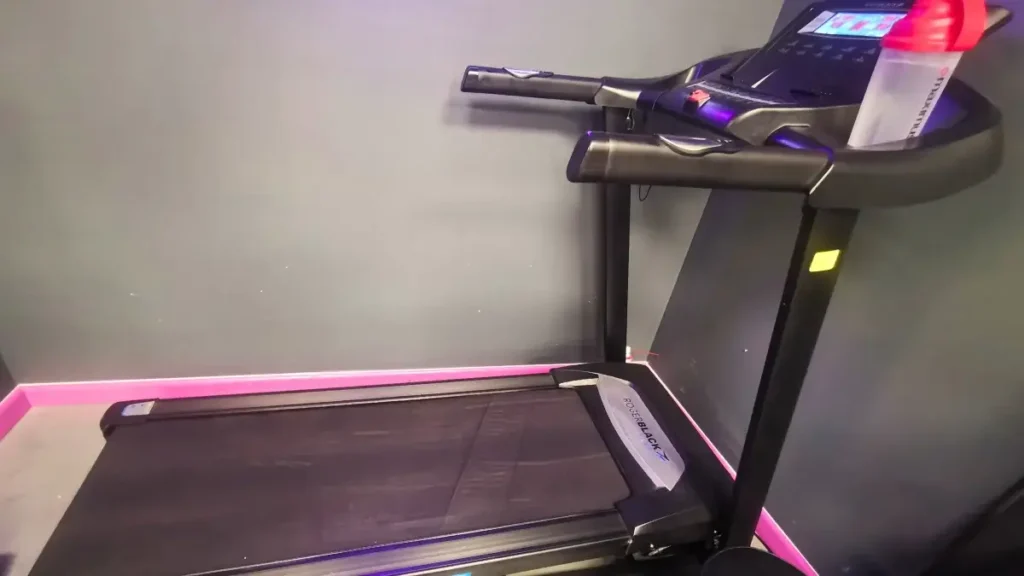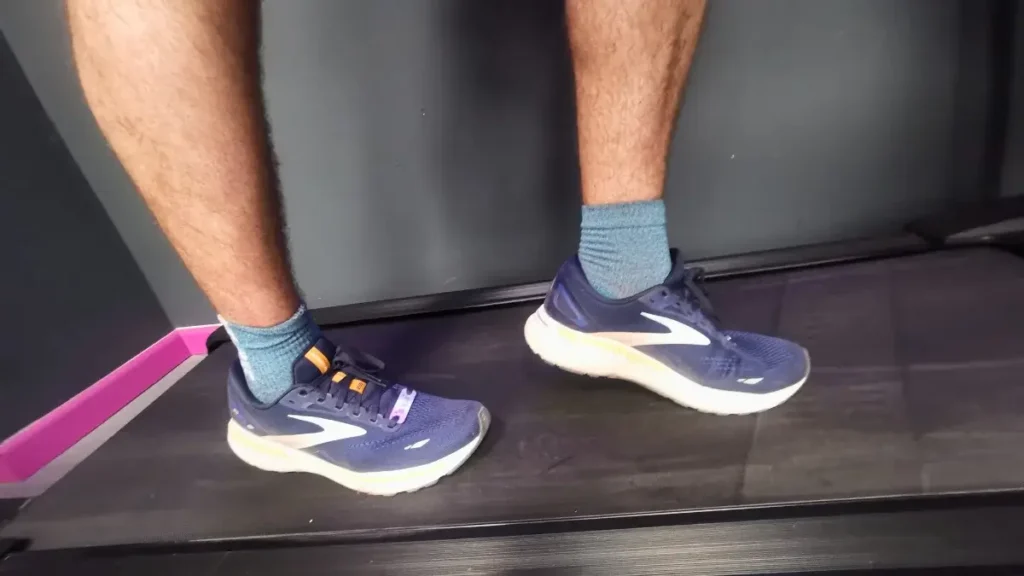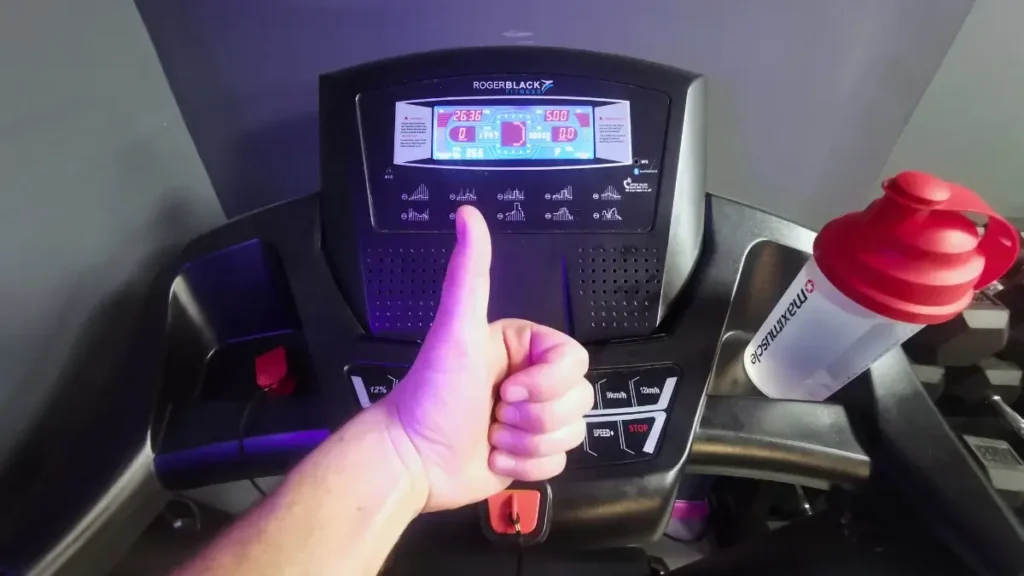The UK is best known for one thing: rain. If like me, you don’t fancy going outside, maybe you’re thinking about doing your marathon training on a treadmill.
I did just that to avoid the rubbish weather, and it was a real learning curve, so I’ve put together a list of what I learned along the way so you can avoid any pitfalls and decide if it’s right for you.
1. More of a mental challenge
It can get really boring. This is usually the main complaint of using a treadmill rather than going outside, and I can confirm it is totally true.
You’ve got two options, you can either use the monotony of indoor running as a challenge to help to build up your mental resilience, making race day easier, or do what you’ll probably do, and rewatch Friends for the 5 time.
2. No excuse not to train


If you find that you’re always finding a reason not to train, like it’s too hot or cold outside, then maybe treadmill training is the fix for you. It removes the excuse and friction to training, making it a lot easier to stick to your training plan.
I also found because you set the pace/program on the machine, you know exactly how long you’re going to be, so I didn’t come up against time constraints when I’d planned properly.
If you have a treadmill at home or live close to your gym, it’s also a lot more convenient than driving miles to that particular hill for evaluation training.
3. Pacing was a lot easier
Pacing is probably the most important aspect of training when trying to get a new personal best marathon time. I sometimes struggle to keep a steady pace over long distances and often go off too fast at the beginning.
Using a treadmill takes out the need to constantly be looking down at your watch as it is set at your target pace so you don’t need to worry and can focus on other things like your form.
It can also be useful as a motivator as there is no halfway house, you either keep up with it or jump (fall) off. This is the main reason I’d pick a treadmill over running outside.
4. Could focus on my form


I set my treadmill up so I was facing a mirror. No, this wasn’t so I could take gym selfies, but to improve my form. I got the idea from a running shop in the UK RunnersNeed, where you try on trainers and they record you as you run on a treadmill and play it back to you in slow motion to assess your form.
You don’t get the ability to do this when you’re running outside, and because I didn’t have to focus on my pace, I could better pay attention to factors like foot strike, posture, and arm movement.
Running on a treadmill will also force you to shorten your stride since overstriding will cause you to kick the front of the treadmill. All this helped to improve my speed and reduce the chance of injuring myself.
5. Lower impact on my legs
I found that running on a treadmill put less impact through my legs compared to running outside for 2 reasons.
One, the treadmill provided a soft cushion to run on with a slight bounce compared to the harder surface I usually fun on, concrete (but if you usually run on grass, you’ll probably find the treadmill harder).
Two, it provides a smooth surface, so you do not have to jump off curves or risk twisting your ankle on cobblestones.
Having a lower impact meant my recovery time was best, so I could get more of those all-important training sessions in.
6. More sociable
I can’t state enough how much easier it is to persuade my mates to come to the gym with me compared to going for a run.
A lot of the time they would just do weights while I was on the treadmill, but having those chats, especially on the longer runs, really helped to break it up and made the whole experience a lot more enjoyable.
7. Easy to adapt runs
You can be a lot more clinical with the elevation of your runs., rather than just following a route and going up inclines when hills come along.
I used the program settings on the treadmill to make sure I did 500 meters of incline every 5k, so I was able to be more methodical with my training plan and made sure I didn’t miss important training aspects.


Row Brown is the founder of Refresh Row. He is a keen marathon runner, his favorite being the London Marathon. He’s now set himself the mission of Running the Entire Length of Spain, which is scheduled for late 2024.



